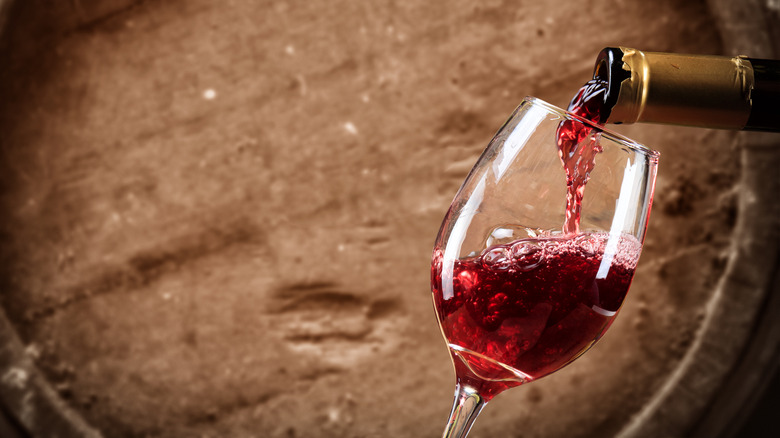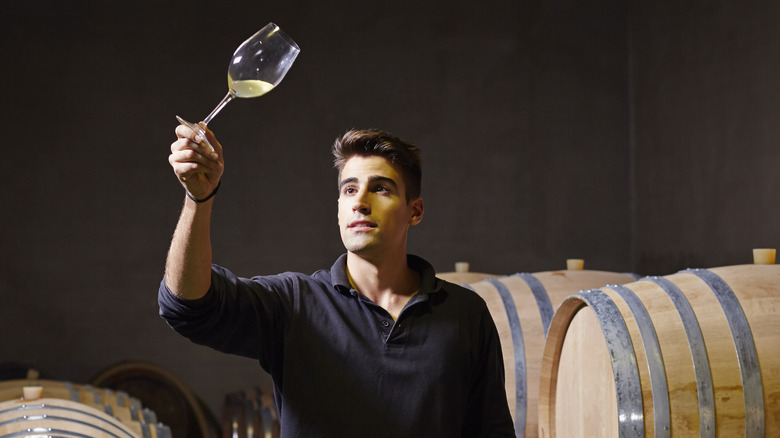How Many Wine Bottles Are Made From A Single Barrel?
Wine, a beverage steeped in tradition and crafted with precision, undergoes a fascinating journey from grape to glass. One crucial element in this process is the wine barrel, which not only influences the flavor and character of the wine but also determines the quantity produced. So, just how many wine bottles are made from a single barrel? The number of bottles can vary depending on a few factors, but the average is around 300. This is based on the standard size of a wine barrel, which is 225 liters. A 750ml bottle of wine holds about 0.75 liters, so with just a bit of math, it's (relatively) easy to determine that 225 liters divided by 0.75 liters equals roughly 300 bottles.
However, before exploring the specifics of the bottle-to-barrel ratio, it's essential to understand the role of wine barrels in the aging process. Winemakers utilize barrels made from various woods, most commonly oak, to impart unique flavors, aromas, and textures to the wine. This aging process enhances the final product's complexity and depth, making the barrel a critical winemaking decision. Wine barrels come in different sizes, the two most prevalent types being the Bordeaux and Burgundy barrels. A Bordeaux barrel typically holds 225 liters (59 gallons) of wine, while a Burgundy barrel is slightly larger at 228 liters (60 gallons). Winemakers also use smaller barrels, or puncheons, thatcan hold 500 liters (132 gallons) or more.
What about the angel's share?
With 300 bottles as the average, the actual number may vary based on factors such as the type of wine, age, and evaporation during aging. During the aging process, wine evaporates through the porous wood of the barrel, resulting in a reduced volume. This natural phenomenon is known as the "angel's share" and can range from 2% to 5% per year, depending on the barrel's size and the cellar conditions. Winemakers account for this loss when calculating the final bottle yield.
Different types of wine require varying aging periods and can affect the bottle yield. For example, robust red wines may spend more time in barrels than lighter white wines, and this influences the final volume. Winemakers often have a specific vision for their wines, and this approach, combined with the characteristics of the grape varietals used, plays a significant role in determining the optimal barrel aging duration.
The journey from barrel to bottle is meticulous, and understanding the dynamics of wine barrels is crucial for winemakers and enthusiasts alike. While a standard Bordeaux barrel typically yields around 300 bottles, the final count is subject to barrel size, wine type, and evaporation. Each barrel imparts its unique signature to the wine, contributing to the rich tapestry of flavors that make wine a truly captivating beverage. So, the next time you enjoy a glass of wine, take a moment to appreciate the craftsmanship involved in transforming a humble barrel into a delightful bottle.

